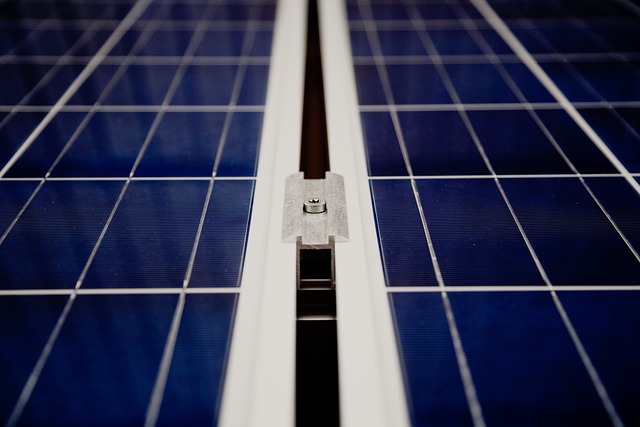Assessing a property's energy usage through utility bill analysis and thorough inspections reveals areas for improvement, particularly outdated fixtures and inefficient systems. Upgrading to energy-efficient alternatives reduces electricity bills, lowers long-term costs, and enhances real estate appeal. Smart meters, equipped with detailed data analysis capabilities, facilitate proactive energy audits, enabling owners to identify high consumption areas and inefficiencies for cost savings and sustainability.
Looking to reduce electricity expenses in your real estate investment? This guide unveils a comprehensive strategy to achieve long-term savings. Start by assessing your property’s energy usage, identifying high-consumption areas and leveraging tools like smart meters and energy audits. Implement cost-effective solutions such as upgrading to energy-efficient appliances and improving insulation, sealing gaps, and ventilation. Explore renewable options like solar panels and leverage smart home technology for sustained efficiency.
Assess Your Property's Energy Usage

Assessing your property’s energy usage is a crucial step in reducing electricity expenses in the long term. As a responsible homeowner or real estate investor, understanding where and how energy is being consumed can help you make informed decisions to optimize efficiency. Start by auditing your monthly utility bills; look for trends and identify areas where energy costs are high. This initial analysis will highlight major appliances, lighting systems, or heating/cooling units that may be contributing significantly to your electricity bill.
Next, conduct a thorough inspection of your property. Check for outdated fixtures and appliances that guzzle energy, such as old air conditioners, incandescent light bulbs, or inefficient insulation. Real estate properties with better insulation, energy-efficient appliances, and modern lighting systems tend to have lower utility expenses. By replacing these items with more energy-conscious alternatives, you can significantly reduce your long-term electricity costs and make your home more attractive in the competitive real estate market.
– Identifying areas of high energy consumption

Many homeowners are unaware that their daily habits can significantly impact their electricity bills. The first step in reducing long-term expenses is to identify areas of high energy consumption within your home, a process that starts with an audit. By examining your Real Estate and its various systems, you can uncover hidden culprits contributing to excessive energy use. For instance, old appliances, poorly insulated walls, or inefficient heating and cooling units may be major energy guzzlers.
Once these problem areas are pinpointed, you can make informed decisions about upgrades or replacements. Modern appliances with Energy Star ratings, for example, promise substantial energy savings over their lifetimes. Similarly, investing in better insulation or upgrading HVAC systems can lead to significant reductions in energy consumption and corresponding costs.
– Using smart meters and energy audits

In today’s digital era, smart meters are transforming the way we manage our energy consumption in real estate properties. These innovative devices go beyond basic electricity measurement by providing detailed insights into usage patterns. By analyzing data from smart meters, property owners and managers can conduct energy audits to identify areas of high consumption and potential inefficiencies. Regular audits enable proactive measures to reduce electricity expenses over time.
During these audits, professionals can assess the performance of appliances, lighting systems, and heating/cooling units. They pinpoint problematic areas that may include outdated equipment or incorrect settings, leading to unnecessary energy wastage. Implementing targeted improvements based on audit findings significantly lowers long-term electricity bills, making smart meters and energy audits invaluable tools for real estate owners aiming to save costs and contribute to a more sustainable future.






